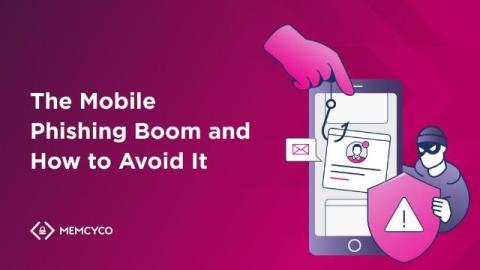Phishing Attacks Are Abusing Legitimate Services to Avoid Detection
Microsoft warns that threat actors are abusing legitimate file-hosting services to launch phishing attacks. These attacks are more likely to bypass security filters and appear more convincing to employees who frequently use these services. “Legitimate hosting services, such as SharePoint, OneDrive, and Dropbox, are widely used by organizations for storing, sharing, and collaborating on files,” Microsoft says.








